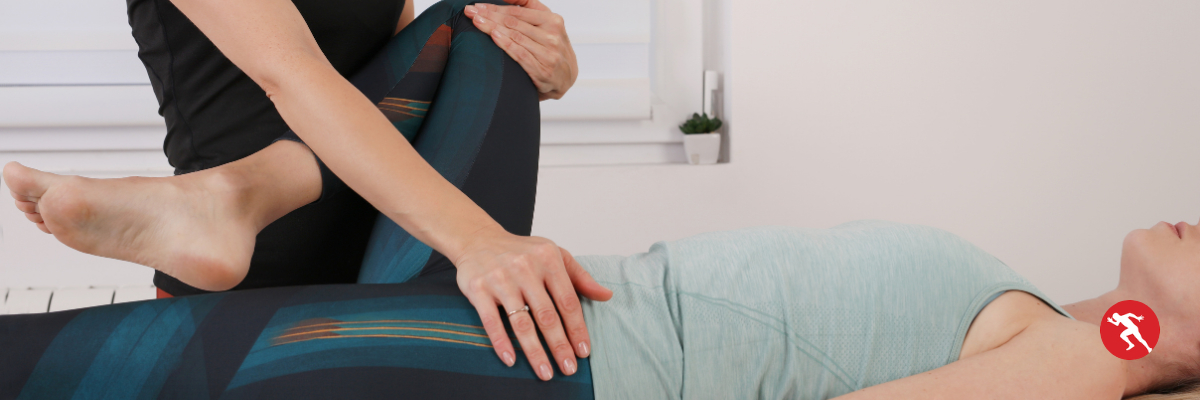Hip & Groin Injuries

Hip and groin injuries are a common problem for athletes and active people of all ages.
These injuries can be caused by a variety of factors, including overuse, sudden movements, and direct trauma.
While some hip and groin injuries are minor, others can be more serious and require medical attention.
It is important to be aware of the signs and symptoms of these injuries so that you can seek treatment early on.
Physio Performance can help identify what is causing your symptoms and how best to fix them.
Symptoms of hip and groin injuries
Symptoms of hip and groin injuries can vary depending on the severity of the injury.
Some common symptoms include:
- Pain in the hip, groin, or thigh
- Stiffness or decreased range of motion in the hip
- Swelling in the hip or groin area
- Popping, clicking or locking in the hip
- Weakness in the hip or thigh muscles
Book Expert Hip & Groin Assessment And Treatment
Hip Injuries
- Adductor strain: A strain of the adductor muscles, which are located on the inner thigh.
- Hip flexor strain: A strain of the hip flexor muscles, which are located on the front of the hip.
- Hip labral tear: A tear in the labrum, which is a ring of cartilage that surrounds the hip socket.
- Femoroacetabular impingement (FAI): A condition in which the bones of the hip joint rub against each other, causing pain and damage.
- Snapping hip syndrome: A condition in which a tendon or muscle snaps over the bony prominence of the hip joint, causing a popping or clicking sound.
- Hip bursitis: Inflammation of the bursae, which are sacs of fluid that cushion the bones, tendons, and muscles around the hip joint.
- Hip dislocation: A dislocation of the hip joint, which is a very serious injury.
- Stress fracture of the femoral neck: A small crack in the bone of the femoral neck, which is the narrow part of the femur bone that connects to the hip joint.
- Osteoarthritis: wear and tear of the hip joint, which is normal as we grow older but it can cause symptoms.
Groin Injuries
- Groin strain: A strain of the groin muscles, which are located on the inner thigh and lower abdomen.
- Adductor strain: A strain of the adductor muscles, which are located on the inner thigh.
- Athletic pubalgia: A pain in the groin area caused by inflammation of the tendons and muscles that attach to the pubic bone.
- Osteitis pubis: An inflammation of the pubic symphysis, which is the joint where the two halves of the pelvis meet.
- Inguinal hernia: A protrusion of the intestines through a weakened area in the abdominal wall.
Some of these injuries are more common in certain sports than others.
For example, osteitis pubis is more common in sports that involve running, turning and kicking actions such as football.
Stress fractures are mostly seen in long distance runners.
Management of Hip and Groin Injuries
The most important step is to get a diagnosis.
A physiotherapy assessment can reveal what structures are causing symptoms.
An assessment will also highlight any areas of muscle weakness or tightness that need to be addressed.
Sometimes it is not clear what is wrong and an x-ray or MRI scan will be required.
When a diagnosis is made, a treatment and rehabilitation plan can be implemented to get you back performing at your best.
Conditions such as osteitis pubis may require a cortisone injection to help with rehabilitation.
Some labral tears and hip impingement may require keyhole surgery.
At our Newforge Clinic we provide a range of treatments including physiotherapy, sports massage, acupuncture and dry needling. We treat many common conditions including lower back pain, shoulder injuries, neck injuries and knee injuries.
